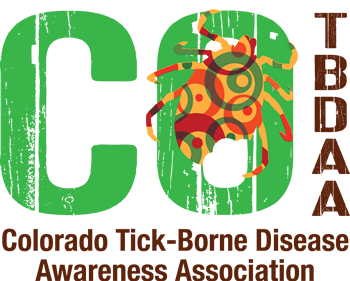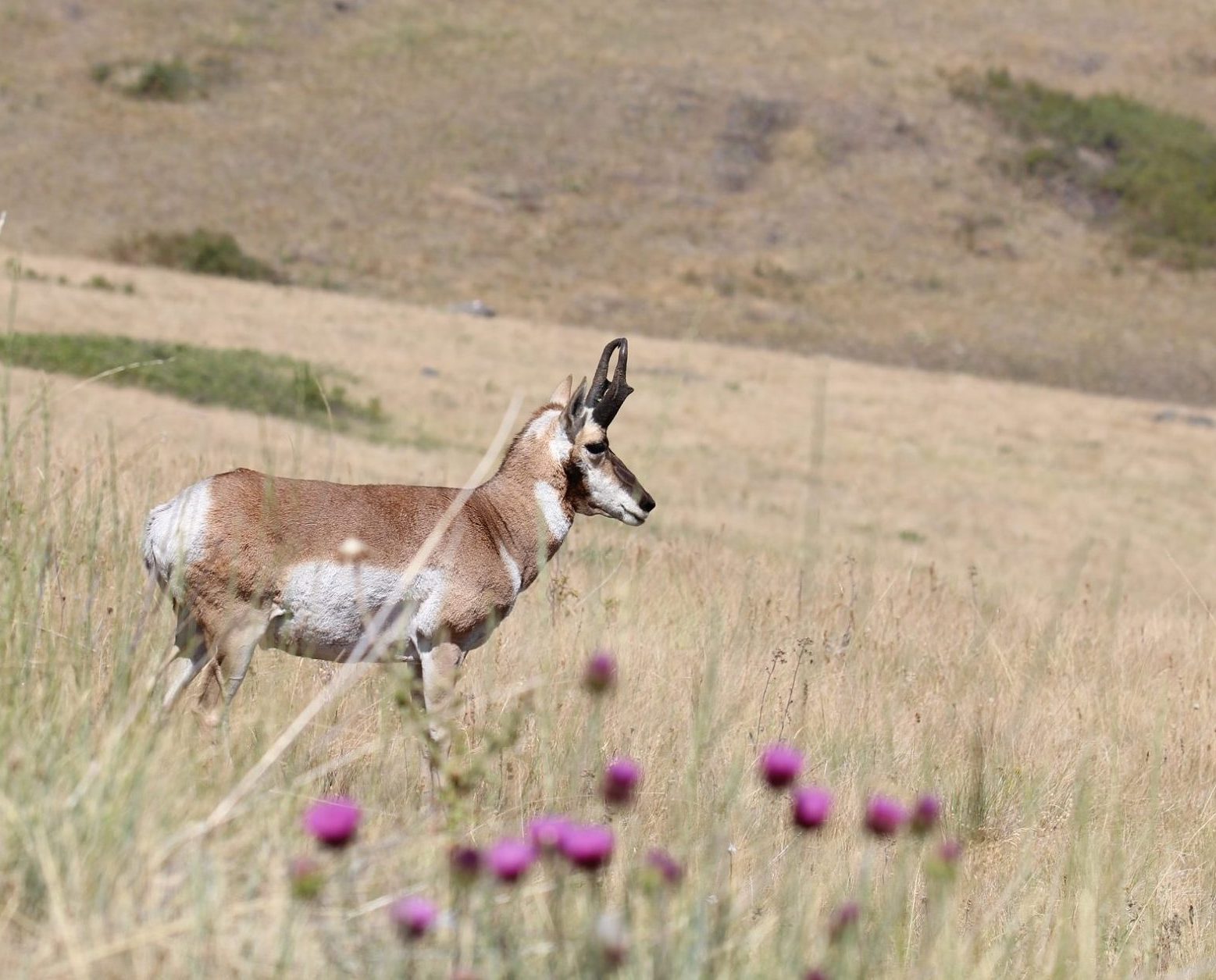Otobius lagophilus
[vc_row][vc_column width="2/3"][vc_column_text] Otobius lagophilus Distribution This argasid occurs in the United States in CA, CO, ID, MT, NM, NV, OR, UT, and WY; in Canada, it occurs in southern AB; in Mexico, it occurs in Chihuahua and Coahuila. It is rarely encountered in CO. Like its close relative, Otobius megnini, this is a one-host tick, and adults do not feed. It differs from O. megnini in hosts and anatomical sites infested, i.e., mostly on all parts of the host’s head and neck other than the ear canal. Hosts Hosts for Otobius lagophilus are lagomorphs, primarily jackrabbits and pikas. Vector Status A spotted fever group rickettsia and the agents of tularemia and Colorado tick fever and have been detected in O. lagophilus. Resources H Joel Hutcheson, James W Mertins, Boris C Kondratieff, Monica M White, Ticks...




